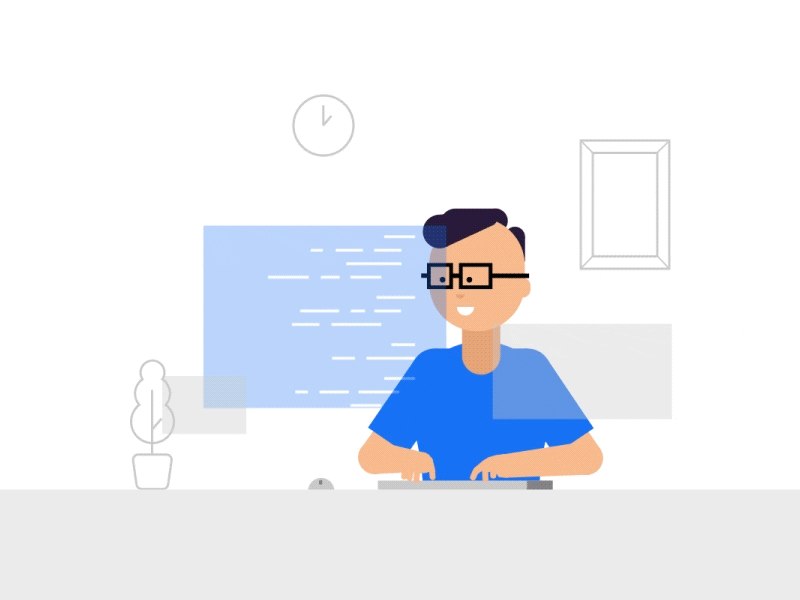Unsupervised V/S Supervised Learning: The Ultimate Tech Battle
To understand machine learning, it is crucial to understand the type of data and how to utilize it to the best of our efforts to solve real-world problems. This is where AI ML courses provide the proper guidance needed to get started. Within artificial intelligence and machine learning, supervised and unsupervised learning are the two basic approaches to handling data; these patterns can help you predict future behaviour or outcomes.
Supervised Learning
Supervised learning is a machine learning technique that allows computers to learn from examples. In supervised learning, the computer is provided with a set of training data (a list of inputs and corresponding outputs) to learn how to map input data into output data. The most common application of supervised learning is for classification—the computer learns to recognize patterns in the data and make predictions based on those patterns.
The most common supervised learning applications are prediction, classification, and regression. Classification is used when you want to assign an object or a piece of information into one or more categories. In contrast, regression is used when you want to predict the values of some variable(s) based on other variables.
Supervised learning has many applications in the real world, including
-Prediction: Predicting what will happen next.
-Classification: Identifying categories and subcategories of items.
-Regression: Finding trends based on historical data.
Unsupervised Learning
Unsupervised machine learning is a type of AI that enables a computer to learn and make predictions without being given any specific examples of correct answers or any input data that has been marked as correct.
In this type of learning, the algorithm is provided with unlabeled data and must be able to figure out how to group it into meaningful groups. One example would be grouping similar images into categories like "cats" or "not cats." Another example would be identifying objects within an image, like a dog or a cat.
Unsupervised learning is a type of machine learning that involves analyzing data without any prior knowledge about the structure or patterns in it. In unsupervised learning, an algorithm will attempt to find patterns in the data and use them to make predictions.
Unsupervised learning is used in natural language processing, computer vision, and other fields. Unsupervised learning can be used for many different purposes, but there are some common applications including:
- Discovering hidden variables
- Identifying relationships between variables
- Identifying anomalies in data, predicting values
- Finding clusters or groups within a data set.Here’s what both of them have to offer against the other-
| Unsupervised | Supervised |
| Unsupervised learning, also known as self-organized learning or unguided learning, means that you do not give any specific training examples to your model. You just provide it with a set of data and let it learn from it. This type of learning is usually used for clustering and dimensionality reduction. | It is also called inductive inference because we use training data to learn how to generalize from our observations about some phenomenon in order to make good predictions about future events involving that same phenomenon. |
| The algorithm is given a set of data and must identify patterns within it. For example, if you have a list of songs and their genres, then the goal would be to determine the genre of each song without any other information. | Here, an algorithm is given a dataset along with metadata—information about how it should be interpreted—and then learns to categorize new examples according to what it has learned from its training data. For example, if you have training data consisting of images labeled as "cat" or "dog," then the goal would be for your algorithm to learn what category each image belongs in so that when presented with new images, it can correctly identify them as well. |
| This type of machine learning has many applications in fields such as medicine, where it can be used to identify cancerous cells in medical images; finance, where it can be used to predict stock prices; and retail, where it can help identify products likely to be purchased by customers. | Supervised learning can be used to build predictive models that can be used in many different business applications, such as fraud detection and customer churn prediction. It can also be used for modeling time series data, recommendation systems, and classification problems. |
Unsupervised learning is ideal for finding hidden patterns in your data. These patterns can help you predict future behavior or outcomes. You can use unsupervised learning to find clusters of similar customers, for example, and then use those clusters to predict what products they'll buy next. Or you can use them to find correlations between different variables—like age and income—and then use those correlations as a starting point for further research into specific groups of people who share those characteristics.
Supervised learning is also useful because it helps you build classifiers—a fancy word for "systems that classify things." You might want to create a classifier that identifies whether or not someone has cancer-based on their medical records (which would be an example of supervised learning) or one that identifies if someone is behaving differently based on their social media activity.
To learn more about the prediction techniques and the integrated course offered by Imarticus learning, get in touch through our website or our offline learning centers near you. This course is led by a prestigious IIT Guwahati college. Get you the best coaching needed to boost your career growth; get in touch with our experts today!








